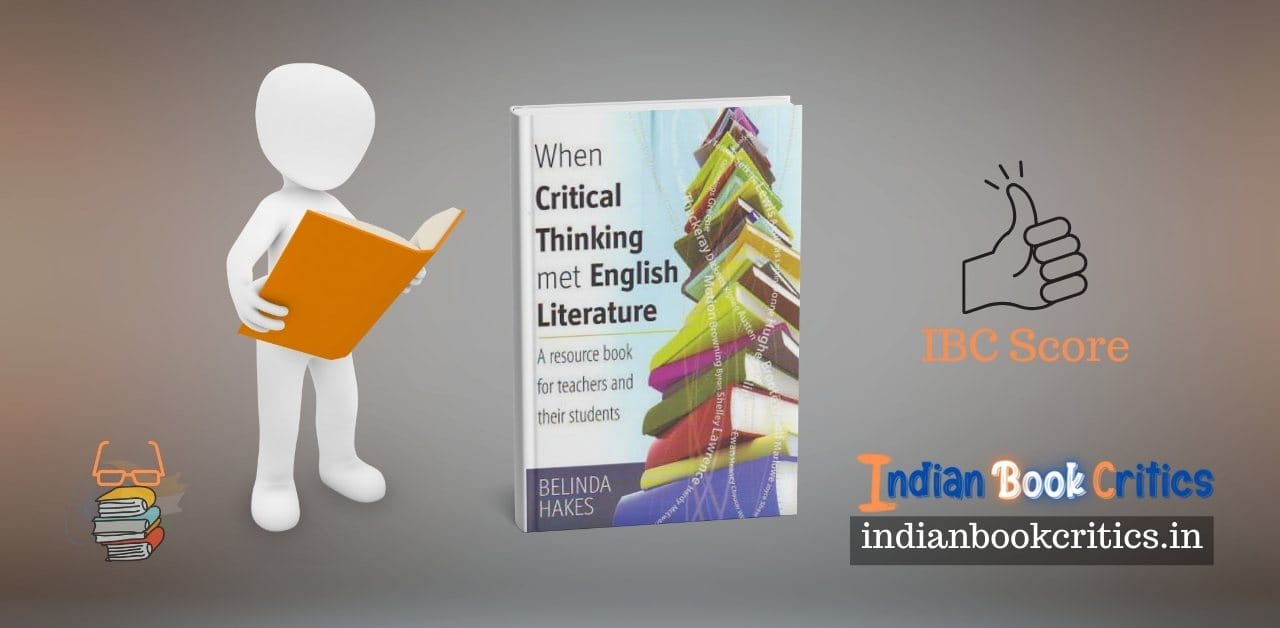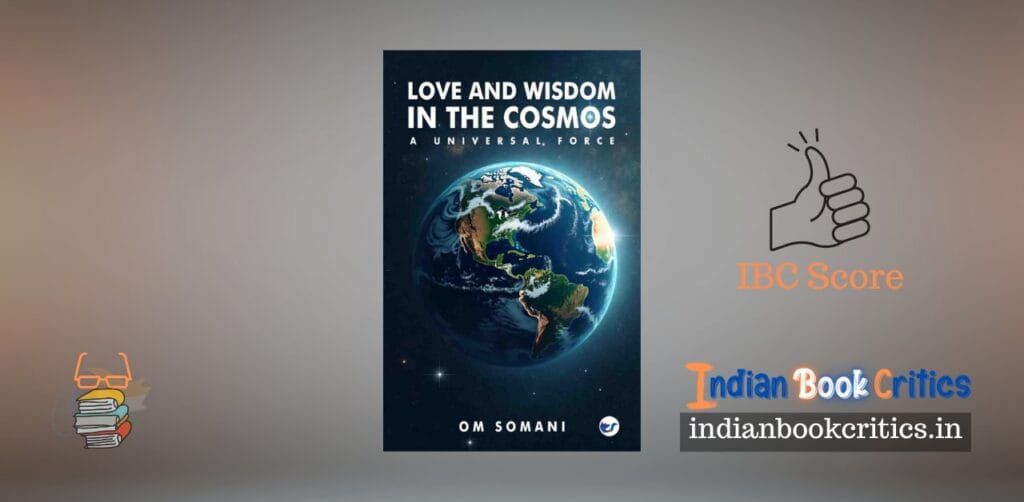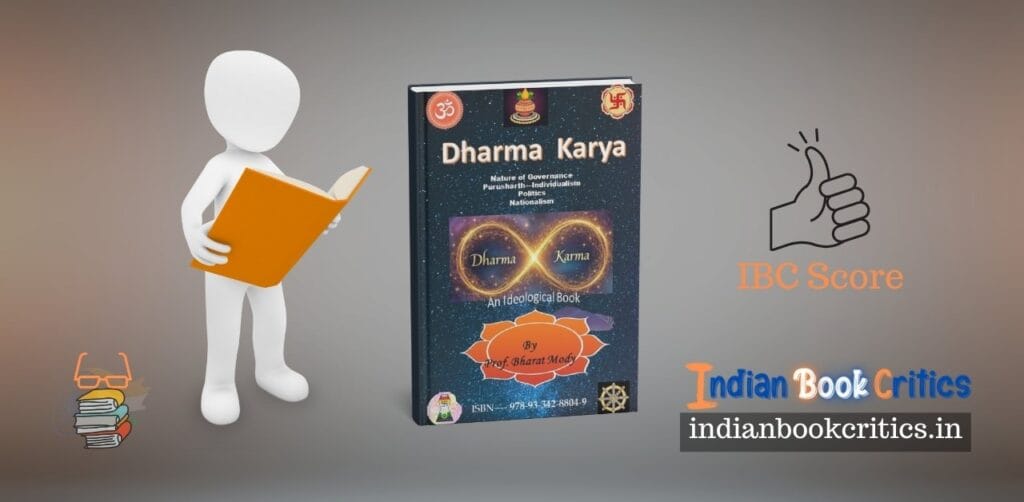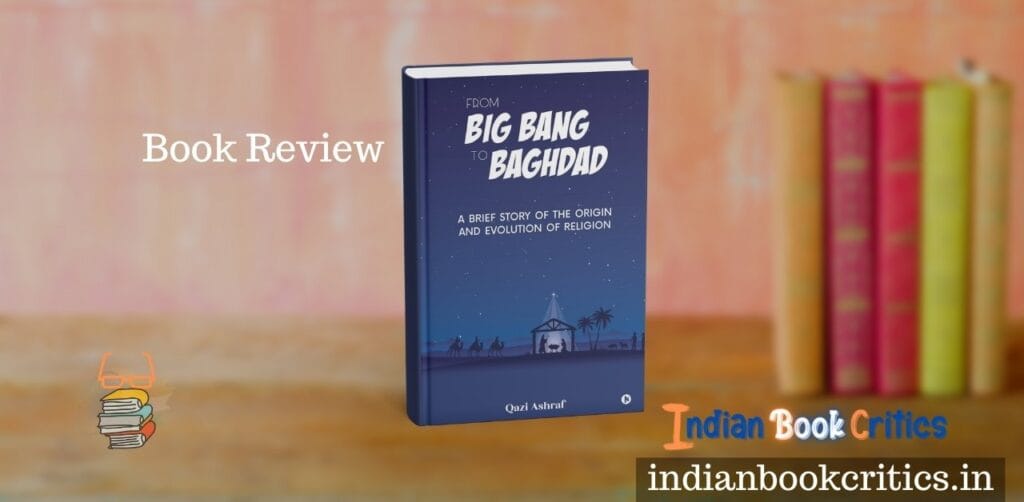Belinda Hakes’ When Critical Thinking Met English Literature is a compelling and innovative resource that bridges the often-separated worlds of literary analysis and critical thinking. Aimed primarily at teachers and students, the book seeks to demonstrate how these two disciplines can enrich one another, offering fresh perspectives on familiar texts while equipping readers with the tools to think more critically and analytically. Hakes’ work is not merely a theoretical exploration but a practical guide filled with actionable strategies, engaging examples, and thought-provoking exercises. By weaving together critical thinking concepts with literary analysis, Hakes challenges the notion that these fields are distinct, arguing that they are “different coastlines of the same land.” This metaphor encapsulates the book’s central thesis: that critical thinking and literature are interconnected, each offering valuable insights that enhance the other.
One of the book’s greatest strengths is its ability to make critical thinking accessible and relevant to literature study. Hakes achieves this by grounding abstract essential thinking concepts in concrete literary examples, demonstrating how these ideas can be applied to texts ranging from Shakespearean plays to modern films. For instance, in the chapters dedicated to Othello, Measure for Measure, and Much Ado About Nothing, Hakes shows how characters’ decisions and interactions can be analysed through argumentation, persuasion, and manipulation. She encourages readers to question the assumptions underlying the characters’ actions and to consider the credibility of their reasoning. This approach deepens readers’ understanding of the texts and cultivates their ability to think critically about the world around them. As Hakes writes, “They will find reasoning in poems; they will be intrigued by the finding of assumptions in narrative; they will find troublesome issues of credibility in all sorts of first-person accounts.” This integration of critical thinking into literary analysis transforms literature study from a passive activity into an active, engaging process.
The book’s emphasis on practical application is another of its standout features. Hakes provides numerous exercises and activities to help teachers incorporate critical thinking into their lessons. These activities are pedagogically sound and highly adaptable, making them suitable for a wide range of educational contexts. For example, in Chapter 7, which focuses on poetry, Hakes uses works by John Donne and Wilfred Owen to illustrate how poems can be viewed as arguments. She guides readers through identifying argument structures, analogies, and rhetorical devices, showing how these elements contribute to the poem’s overall meaning. This approach enhances students’ appreciation of poetry and sharpens their analytical skills. Similarly, in Chapter 8, Hakes applies ethical theories to literary texts like Wuthering Heights and Hamlet, encouraging readers to consider how different ethical frameworks might influence characters’ decisions. These exercises deepen students’ understanding of the texts and foster their ability to think critically about moral and ethical issues.
Hakes’ writing style is another key strength of the book. She adopts a conversational tone that makes complex ideas accessible without oversimplifying them. Her use of personal anecdotes and relatable examples adds a layer of authenticity and engagement, making the material feel less like a textbook and more like a dialogue with a knowledgeable and enthusiastic mentor. For instance, she writes, “I teach critical thinking in the hope that it will enable students to have more control over their worlds rather than less; that they will question, will not be manipulated, and will demand answers.” This statement reflects Hakes’ commitment to empowering students and her belief in the transformative potential of critical thinking. Her passion for the subject is evident throughout the book, and it inspires readers to approach literature and critical thinking with curiosity and enthusiasm.
However, the book is not without its limitations. One potential shortcoming is its assumption that readers have some prior familiarity with critical thinking concepts. While Hakes provides clear explanations and examples, those entirely new to the subject may find certain sections challenging without additional resources. As Hakes herself acknowledges, the book is not intended to be a comprehensive critical thinking textbook, and readers seeking a deeper theoretical understanding may need to consult other sources. Additionally, there is a risk that the book’s emphasis on critical thinking could lead to an overly analytical approach to literature, potentially overshadowing its aesthetic and emotional dimensions. Hakes addresses this concern by advocating for a balanced approach that values critical analysis and personal engagement with texts. She writes, “Critical thinking students are attuned to reading in a way that is distanced, sceptical and analytical… literature students… are invited to accept the reliability of the first person narrator… The question here is, what can the objective discipline of critical thinking lend to the trustfulness and empathy of the reader of literature?” This nuanced perspective highlights the importance of balancing critical distance and emotional connection.
Another limitation is the book’s focus on canonical texts, which may limit its appeal to readers seeking a more diverse range of literary examples. While Hakes includes some modern works, such as The Remains of the Day and Reservoir Dogs, most examples are drawn from traditional literary canon. This focus may alienate readers looking for a more inclusive approach to literature. The book’s methodologies and exercises are highly adaptable, and teachers could easily apply them to a broader range of texts.
Despite these limitations, When Critical Thinking Met English Literature is a valuable resource for anyone interested in the intersection of these two fields. Its practical approach, engaging style, and emphasis on active learning make it an excellent tool for teachers and students. The book’s ability to make critical thinking accessible and relevant to the study of literature is particularly noteworthy, as is its emphasis on questioning assumptions and exploring alternative interpretations. As Hakes writes, “This book should make all of us look at literature differently. It should certainly make us look at critical thinking differently.” This statement captures the transformative potential of the book, which challenges readers to rethink their approach to literature and critical thinking.
In conclusion, When Critical Thinking Met English Literature is a thought-provoking and practical resource that successfully bridges the gap between these two disciplines. Its strengths lie in its accessibility, practicality, and emphasis on active learning, while its limitations are relatively minor and do not detract from its overall value. The book is particularly well-suited for English teachers, critical-thinking instructors, and students of both subjects. It offers fresh perspectives and practical tools to enhance their understanding and appreciation of literature. By encouraging readers to question assumptions, explore alternative interpretations, and engage critically with texts, Hakes’ work enriches literature study and fosters the development of essential critical thinking skills. As such, it is a valuable addition to any educator’s toolkit and a must-read for anyone interested in the intersection of literature and critical thinking.
Get a copy from Amazon India – click here.
Review by Alka for Indian Book Critics
When Critical Thinking Met English Literature by Belinda Hakes, a book review
- IBC Critical Rating
Summary
A quality book for those who teach literature to young students and those pursuing their BA in Literature.




